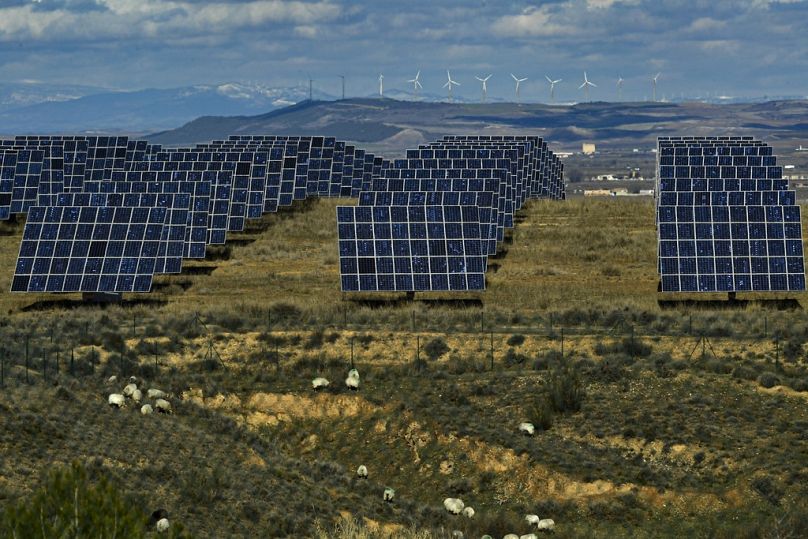Seven countries now generate 100 per cent of their electricity from renewable energy - two are in Europe.
Last year was the best year on record for new wind energy installation.
The world installed 116 gigawatts of new wind power capacity in 2023, according to the latest Global Wind Report from industry trade association the Global Wind Energy Council (GWEC). That is a 50 per cent increase from 2022 making it the best year on record for new wind projects.
China led for both offshore and onshore wind installation followed by the US, Brazil and Germany. Thanks to strong growth in the Netherlands, Europe also had a record year in 2023 with 3.8 gigawatts of new offshore wind capacity.
The report notes that, while wind power growth is highly concentrated in a few big countries, some other regions and nations saw record growth. Africa and the Middle East installed nearly 1 gigawatt of wind power capacity in 2023, almost triple that of the previous year.
Its authors say the world is “moving in the right direction in combatting climate change”. Authors warn, however, that annual growth must be at least 320 gigawatts by 2030 to meet the COP28 pledge of tripling renewable energy by the end of the decade.
“It’s great to see wind industry growth picking up, and we are proud of reaching a new annual record,” said GWEC CEO Ben Backwell. “However much more needs to be done to unlock growth.”
Which countries are powered entirely by renewables?
Seven countries now generate all of their energy from renewable sources, according to figures from the International Energy Agency (IEA) and International Renewable Energy Agency (IRENA).
More than 99.7 per cent of electricity in Albania, Bhutan, Ethiopia, Iceland, Nepal, Paraguay and the Democratic Republic of Congo comes from geothermal, hydro, solar or wind power.
Norway came close with 98.38 per cent of its energy from wind, water or solar, according to the data compiled by Stanford University Professor Mark Jacobson.
Another 40 countries got at least half of their electricity from renewables in 2021 and 2022 including 11 in Europe. Others, like Germany or Portugal, are capable of running on 100 per cent wind, water and solar for short amounts of time.
Solar could overtake other renewables
Though many of these countries currently use a large amount of hydropower or wind energy, experts predict solar could take over as a major source in the near future. Technology has improved and costs are rapidly dropping.
Solar dominated the expansion of renewable energy capacity in 2023, accounting for 73 per cent of all growth, followed by wind power at 24 per cent. It now makes up 37 per cent of the world’s total renewable energy capacity.
A 2023 study from the University of Exeter and University College London predicts that solar will reach an “irreversible tipping point”, becoming the world’s primary source of energy by 2050.












